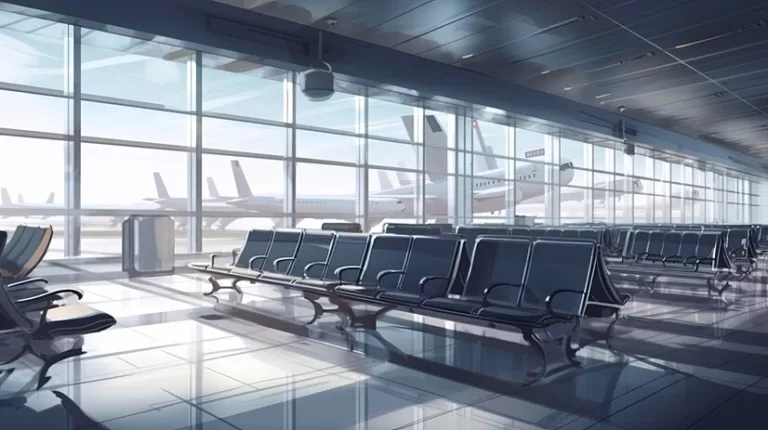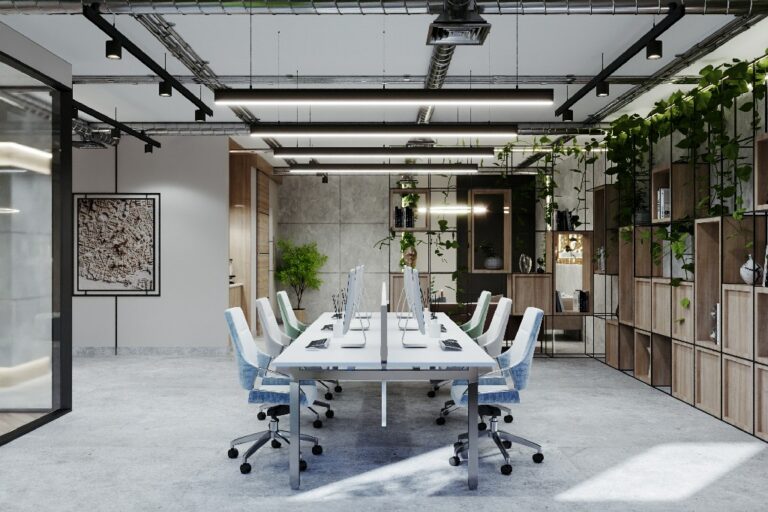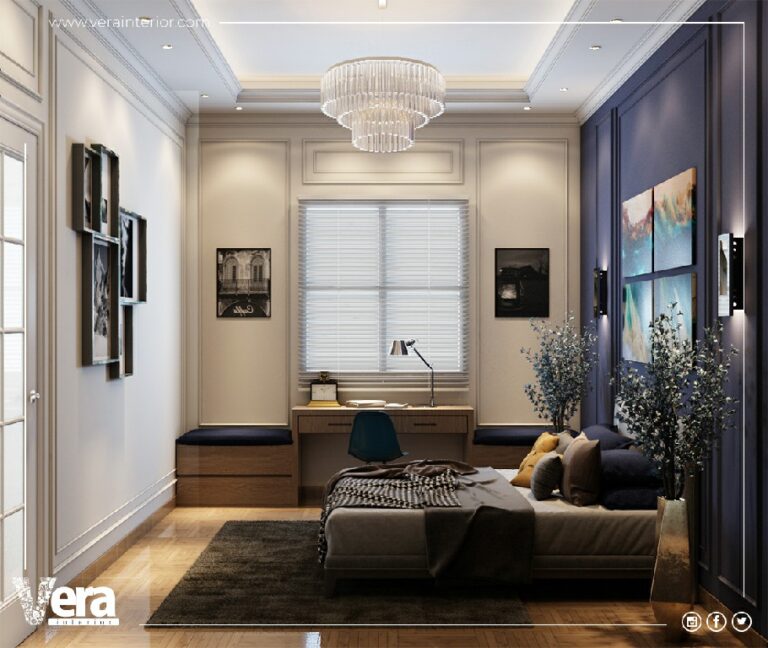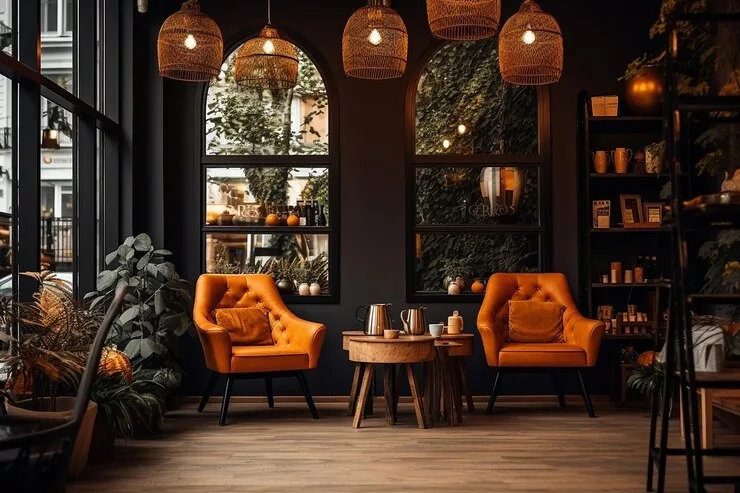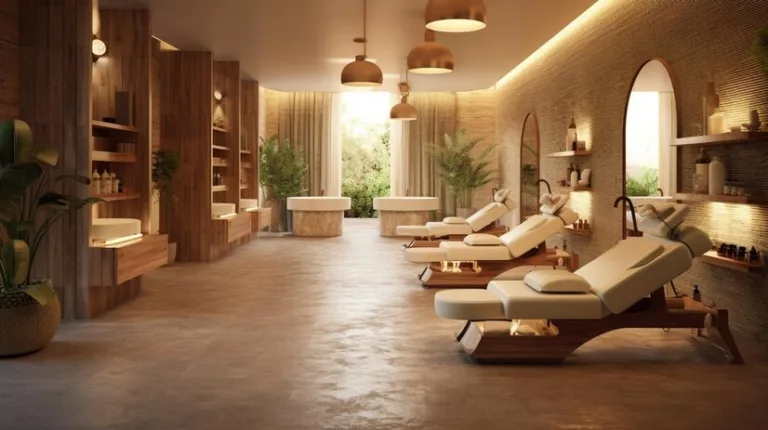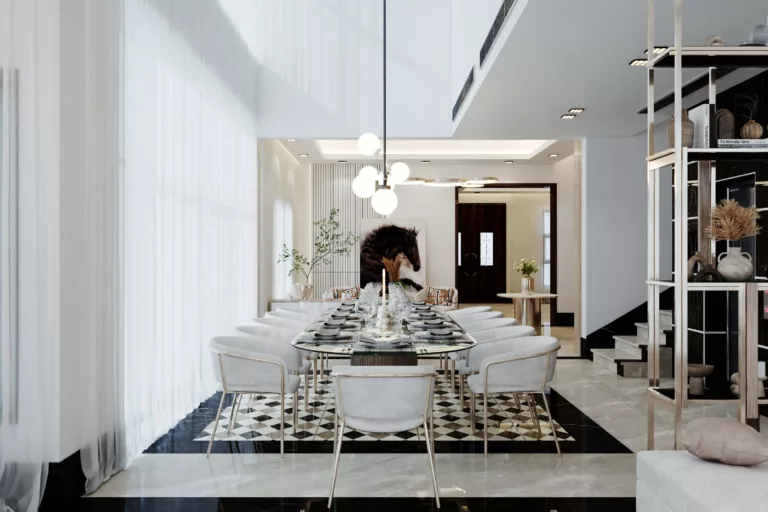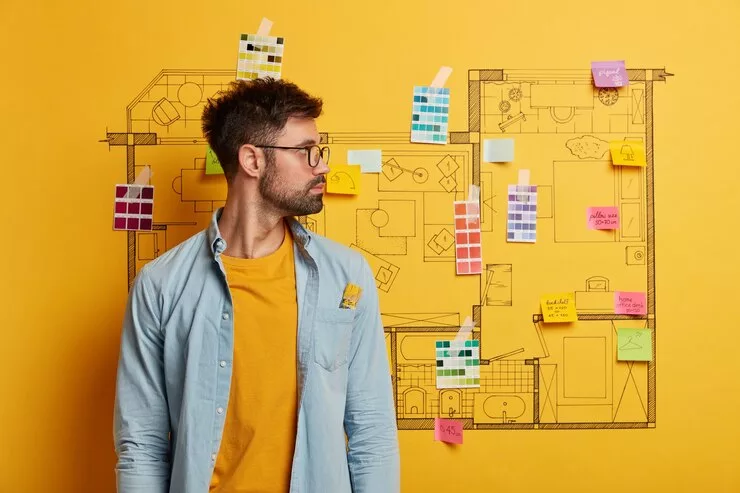As we move into an era defined by rapid technological advancement and shifting societal values, the realm of airport interior design is undergoing a seismic transformation. This evolution in design is not only reshaping the aesthetics of transport hubs but also redefining passenger experience in airports across the globe.
Introduction to the Evolution of Airport Interior Design
Airport interior design has come a long way from its purely functional origins. Initially, airports were built with the sole purpose of efficiently processing passengers from check-in to takeoff. However, as air travel became more accessible, and numbers increased, so did the demand for inviting spaces that enhance the travel experience. Today, airports serve as gateways to cities, often providing the first impression for visitors and reflecting local culture and flair.
The Rise of Modern Airport Design Concepts
Contemporary airports are embracing open spaces, natural light, and sleek designs to create environments that reduce stress and provide a pleasant experience. These modern concepts focus on merging functional efficiency with visual appeal, and the incorporation of new materials and architectural innovations is at the forefront of this movement.
Sustainable Airport Interiors: A Greener Future
Sustainability has become essential in all aspects of design, and airports are no exception. Sustainable airport interiors prioritize materials and systems that minimize the environmental footprint, such as energy-efficient lighting and climate control, as well as the use of recycled materials and water conservation solutions.
Innovative Airport Spaces: Beyond Traditional Design
Airports are starting to incorporate elements that go beyond the traditional. Features such as indoor gardens, walking paths, and art installations contribute to a sensory-rich experience, making time spent in transit more enjoyable. These innovative spaces also serve to showcase local landscapes and culture.
Redefining Comfort: Airport Lounge Design Ideas
Airport lounges are being redesigned to cater to diverse traveler needs, transforming from exclusive chambers to inclusive oases with zones for work, relaxation, dining, and entertainment. Personalized experiences, privacy pods, and high-quality amenities redefine comfort for interconnected travelers looking for refuge from the hustle and bustle of airport terminals.
Visual Harmony: Mastering Airport Terminal Aesthetics
The aesthetic appeal of airport terminals is becoming increasingly important. Designers strive to create visual harmony through the use of color, texture, and form, creating environments that are both beautiful and functional, with the goal of making navigation intuitive and reducing traveler anxiety.
The Blueprint for Success: Efficient Airport Design Layouts
Efficient design layouts are essential for managing the complex flow of passengers, luggage, and services within an airport. By optimizing space and processes, airports can significantly improve passenger throughput and satisfaction while maintaining high security standards.
Best Practices in Contemporary Airport Design
Best practices in contemporary airport design include integrating technology, offering flexible spaces, and promoting wellness. The aim is to create adaptive environments that can rapidly respond to changing demands, such as fluctuations in passenger volume or evolving security protocols.
Passenger-Centric Design: A New Era for Travelers
A passenger-centric approach is reshaping airport design, placing emphasis on user experience. This trend includes everything from ergonomic seating, interactive kiosks, and clear signage, to personalized services that make navigating through airports seamless and stress-free.
Embracing Eco-Friendly Airport Interiors
Eco-friendly airport interiors go beyond energy efficiency and recycling bins. They weave natural elements into the fabric of the design, utilizing plant life for air purification, maximizing natural light to reduce electricity usage, and choosing sustainable materials that have a positive impact on the indoor environment.
Navigating the Future with Smart Airport Design Technology
Smart technology is a game-changer in airport design. Apps that provide real-time updates on flight status and wait times, biometric checkpoints that streamline security, and predictive analytics that enable custom-tailored services are just a few examples of how technology is being leveraged to enhance passenger experience.
The Commercial Oasis: Airport Retail Space Design
Today’s airports offer travelers a comprehensive retail experience, designed to be engaging and interactive. Retail spaces in modern airports are thoughtfully laid out to entice travelers and provide them with a relaxing shopping atmosphere that reflects local and global brands alike.
Indulgence Meets Travel: Luxury Airport Interior Concepts
Luxury concepts in airports are defining new heights of indulgence, offering unparalleled comfort, privacy, and exclusive services. High-end shopping, gourmet dining, and spa services are all part of the package for discerning travelers who seek a premium experience before they even leave the ground.
Clear Direction: Innovative Airport Wayfinding Design Solutions
Navigating sprawling airports can be daunting for passengers. Innovative wayfinding solutions, such as integrated digital signs, interactive maps, and color-coded zones, help travelers find their way effortlessly, reducing confusion and enhancing their journey through the airport.
Forecasting the Future of Airport Interior Design: What’s Next?
The future of airport interior design is poised to continue its trajectory towards creating smarter, more sustainable, and user-focused environments. As new technologies and materials emerge, and as the travel industry evolves, airports will continue to innovate, ultimately redefining the air travel experience and how we interact with these complex transportation hubs.
Together, these trends, technologies, and passenger-centric concepts are steering the course of airport interior design into a future where convenience, efficiency, sustainability, and pleasure are not just goals, but the standard.
